Hana Sedláčková graduated in History at the Faculty of Arts of Masaryk University, focusing on Czech history of the 19th century. Under the leadership of prof. Malíř has researched the administration (in more detail, the forest administration) of the aristocratic estate, its organizational structure and employees. She presented the results of her work at the international conference Nobility Reconsidred in Jyväskylä, Finland, at the Congress of Young Historians in Salamanca and at the student conference in Krakow. Since 2016, she has been working at the Museum of the Brno Region. In April 2021, she joined Villa Löw-Beer, a branch of the Brno Region Museum, where as coordination, project and program worker now works. She focuses on historical collections of the 19th and 20th centuries. She publishes articles with regional topics in the Almanach of the Brno Region Museum. In cooperation with colleagues, she prepares museum exhibitions. Since 2020, she has been collaborating on the EXPRO project, where her task is to extract data from church books and their subsequent processing in a database.
The market town of Žumberk lies in the foothills of the Železné hory (Iron Mountains) on the former estate of Nasavrky, property of the Princes of Auersperg.
In 1768, Prince Johann Adam Auersperg soldŽumberk cottage No. 18 - a building with a room, a chamber, a shed and a barn - to Jiřík Nevečeřal for 20 gold pieces and 45 kreutzers, to which Jiříkadded an adjacent field and a meadow, which he purchased for 62 gold pieces and 15 kreutzers, paying a total of 83 gold pieces. Žumberk cottage No. 18 is where Josef (1836-1882), the great-great-greatgrandfather of Hana Sedláčková, was born to Josef Nevečeřal and Františka Bakešová, daughter of a farmer from Švihov No. 7. In 1846 Josef and Františka Nevečeřal sold cottage No. 18 and moved to No. 59, where they both later died. Josef Nevečeřal Sr., a cottager, died on 11 August 1854. The cause of his death was "Lungensucht", i.e. lung failure, consumption; his widow Františka died on 25 February 1860 of "lung inflammation".
(SRA Zámrsk, Parish Office of the Roman Catholic Church Žumberk, Register N 1835-1846, page 321)
Josef Nevečeřal Jr. learned to read and write, understood German, and since he had taken part in a military campaign to Italy, he could speak Italian well. It was in Žumberk, where on 19 October 1867, apparently after completing his military service, he married Anna Št'ovíčková, daughter of František Št'ovíček, a warden at the Žumberk manor. Before they married, Anna Št'ovíčková gave birth to two illegitimate children: daughter Anna, who died in the first year of her life, and son Josef. Although Anna’s birth record does not mention the father, it is possible to assume that Josef Nevečeřal was her father. As for his son, Josef legitimized him by marrying his mother. However, to enter into marriage during military service required securing many permits, not only civilian but also military, as well as the need to pay various deposits. Therefore, bureaucratic and financial burden may have been the reason why marriages were often postponed until after military service had been completed.
The Nevečeřal couple settled in Žumberk at No. 59 and in the following years had four more children, including Františka (1871-1925), thegreat-great-grandmother of Hana Sedláčková. Later the family moved to Libáň near Nasavrky, where Josef Nevečeřal started to work in the service of the Auerspergs in 1869 and obtained the job of night watchman at a new steam sawmill, where he spent the next seven years. The construction of the steam sawmill, the first on the estate, was approved by Prince Vincenz Karl Auersperg in 1863.
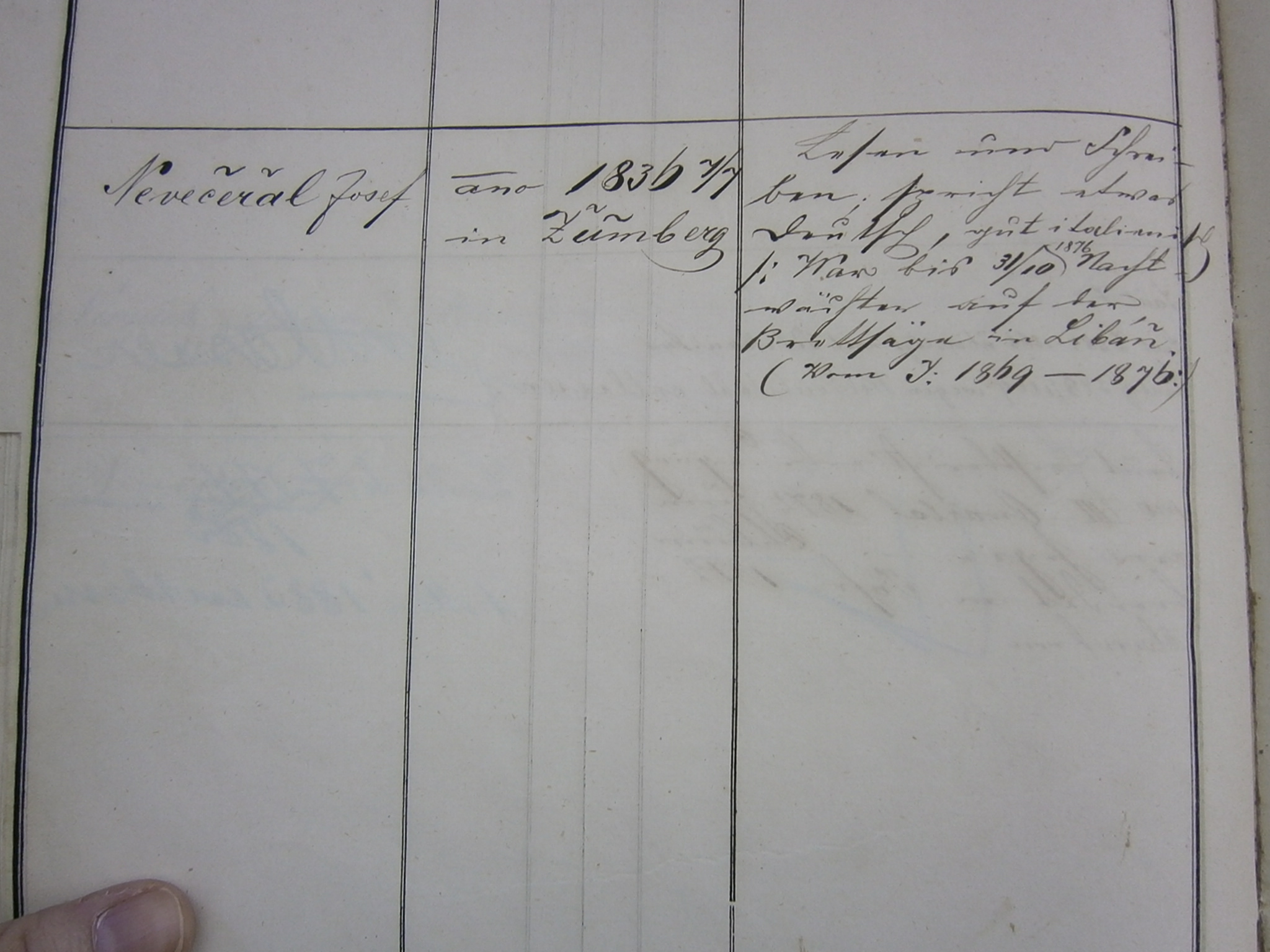
Personal record of Josef Nevečeřal
(SRA of Zámrsk, Velkostatek Nasavrky, book 181: Heger Nassaberg)
The village of Libáň was the forestry centre of the Nasavrky domain: the Libáň forest district was one of the oldest on the estate, and since the forestry office was also located there, the administration of the district was handled directly by the forestry officer or one of the office's adjutants. Usually, two to three gamekeepers supervised the forest district. In 1876, Josef Nevečeřal took over the post of one of Libáň's gamekeepers and continued to work as a gamekeeper until his untimely death in 1882, when he died of consumption at the age of 46.
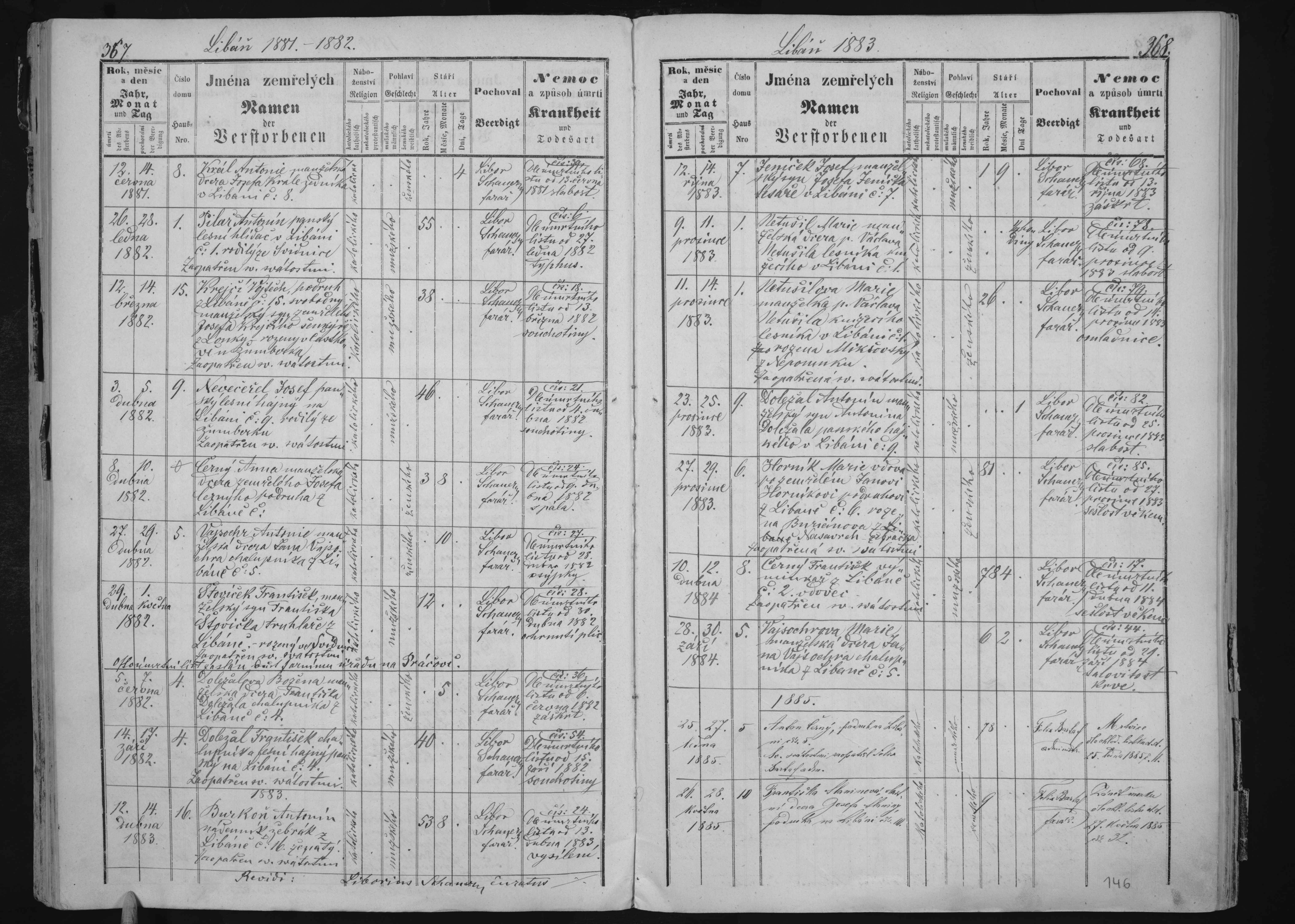 Death record of Josef Nevečeřal
Death record of Josef Nevečeřal
(SRA of Zámrsk, Parish Office of the Roman Catholic Church of Nasavrky, Register Z 1869-1935, p. 148)
For a long time, in order to work as a gamekeeper, one did not need to have any special education; gamekeepers usually did not attend forestry schools and were not required to pass the prescribed examinations in order to obtain a higher service rank, that of a forester, who was in charge of the management of forest districts. Despite that, in the first half 19th century, even simple gamekeepers could become foresters if they had sufficient knowledge and a long experience. This was made impossible by the new arrangement of service positions of 1868, which stipulated that without sufficient education and examinations one could not take up a post of forester; long experience alone was no longer a sufficient qualification. As a gamekeeper, Josef Nevečeřal’s responsibilities included forest protection and game management. These tasks were physically demanding and had to be performed in all weather conditions, which negatively affected the health of the gamekeepers. According to the Forestry Act of 1852, gamekeepers were considered to be public guards and had the right to carry a weapon on duty. They were allowed to expel anyone from the woods if he was off the trails or was suspected of disturbing security or causing damage to property. According to a salary table from 1872, the salaries of gamekeepers on the Auersperg estates ranged from 31 to 70 Austrian gold pieces per year. An integral part of the salary was payment in kind in the form of raw materials (usually grain, peas, salt, wood and cattle) or land.
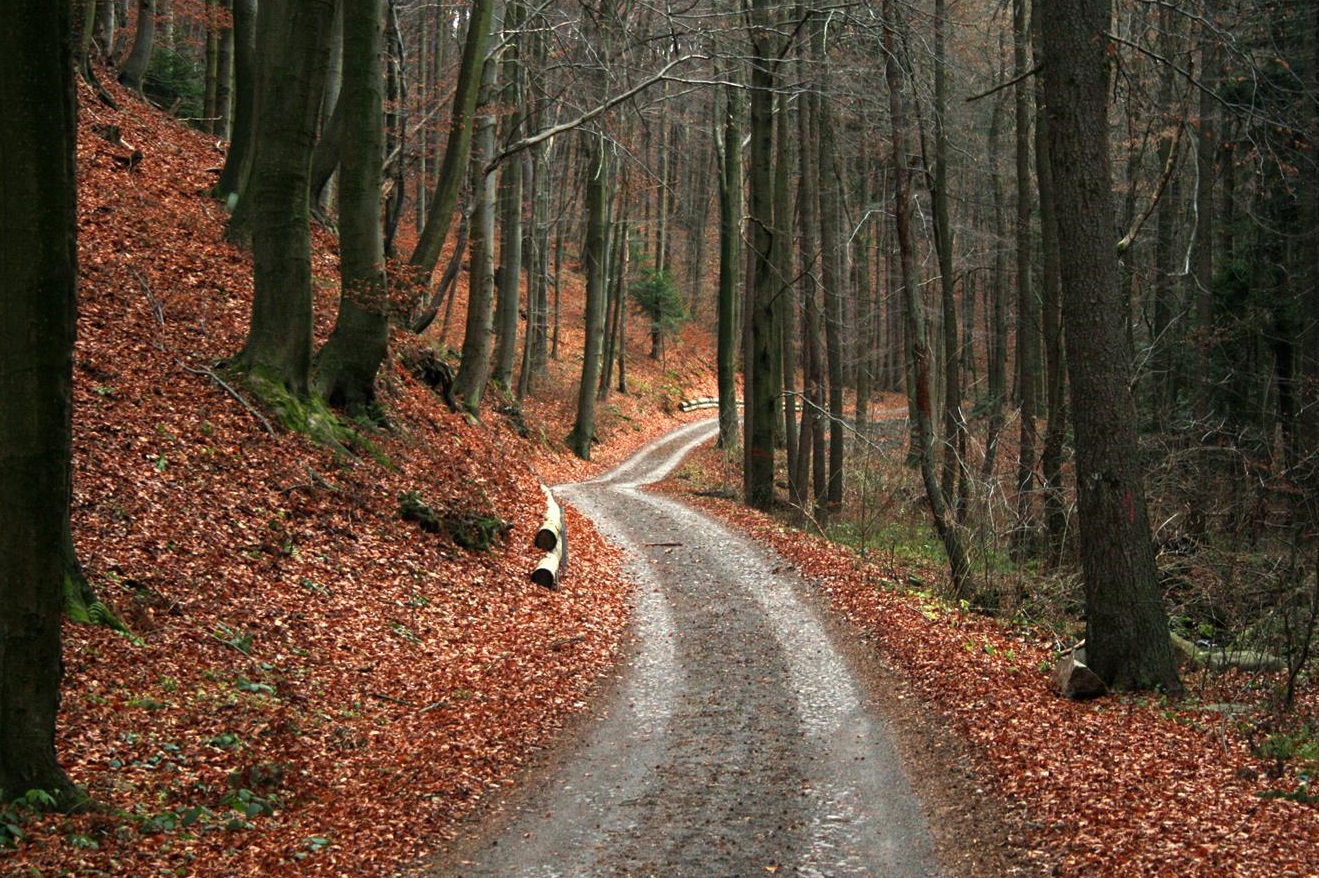
The path to the settlement of Peklo
(taken from https://www.nasavrky.cz/nasavrky-cesta-do-osady-peklo/g-1227/prehravac=1#vfoto, accessed 30 January 2022)
After her husband‘s death, Josef’s widow, Anna Nevečeřalová, moved back to Žumberk. She earned her living as an experienced midwife and was also present at the birth of her granddaughter, Růžena Hudcová (1905-1982), great-grandmother of Hana Sedláčková. Růžena was the daughter of Františka Nevečeřalová and Josef Hudec, a shoemaker from Žumberk, whom Františka married in 1896.
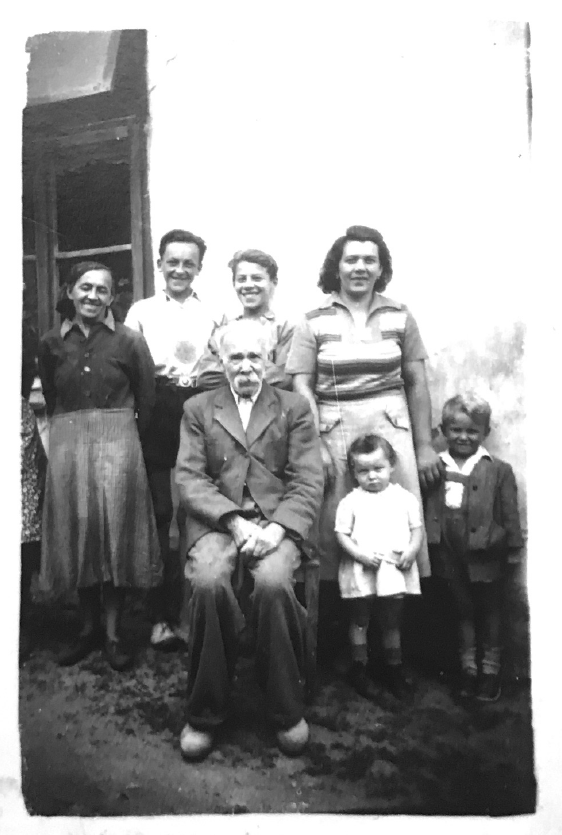 Old family photo: From left to right, Růžena Hudcová, standing next to her son Miloslav, in front row Josef Hudec, sitting (private archive)
Old family photo: From left to right, Růžena Hudcová, standing next to her son Miloslav, in front row Josef Hudec, sitting (private archive)
In 1904 the Chronicle of Žumberk describes that house No77 was constructed for Josef Hudec, a shoemaker in Styria: "A dwelling with a stable. Ground-floor, made of stone and brick, covered with tiles. It has three living rooms and a stable, but no well. The front is to the south, a little garden in front of the windows facing the street.“ The Great War intervened in the life of Františka Nevečeřalová's family; both her husband and, in 1917 also her son Josef, had to enlist in the army; son Josef later died in a military hospital. Františka and Josef Hudec are both buried in the Žumberk cemetery. Františka died on 31 October 1925, and Josef on 28 February 1954. Their daughter Růžena died as a single mother on 16 December 1982.
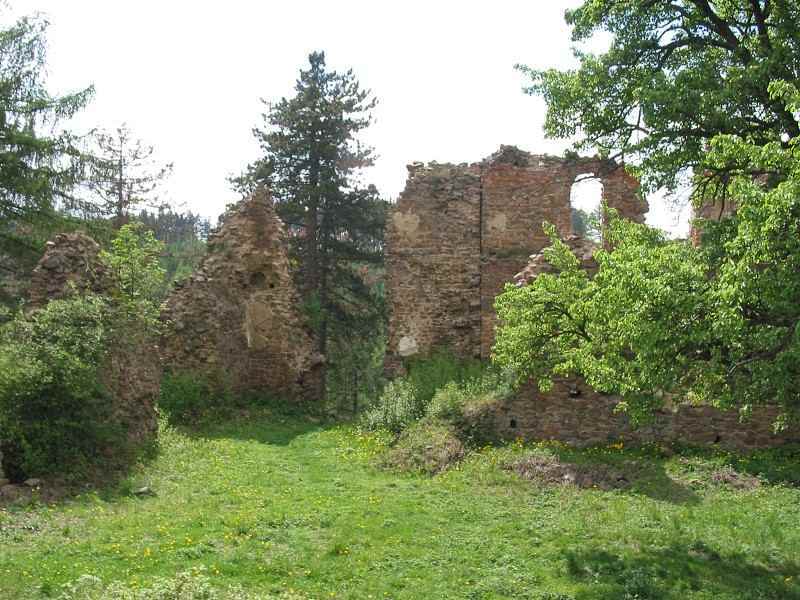 Žumberk Castle
Žumberk Castle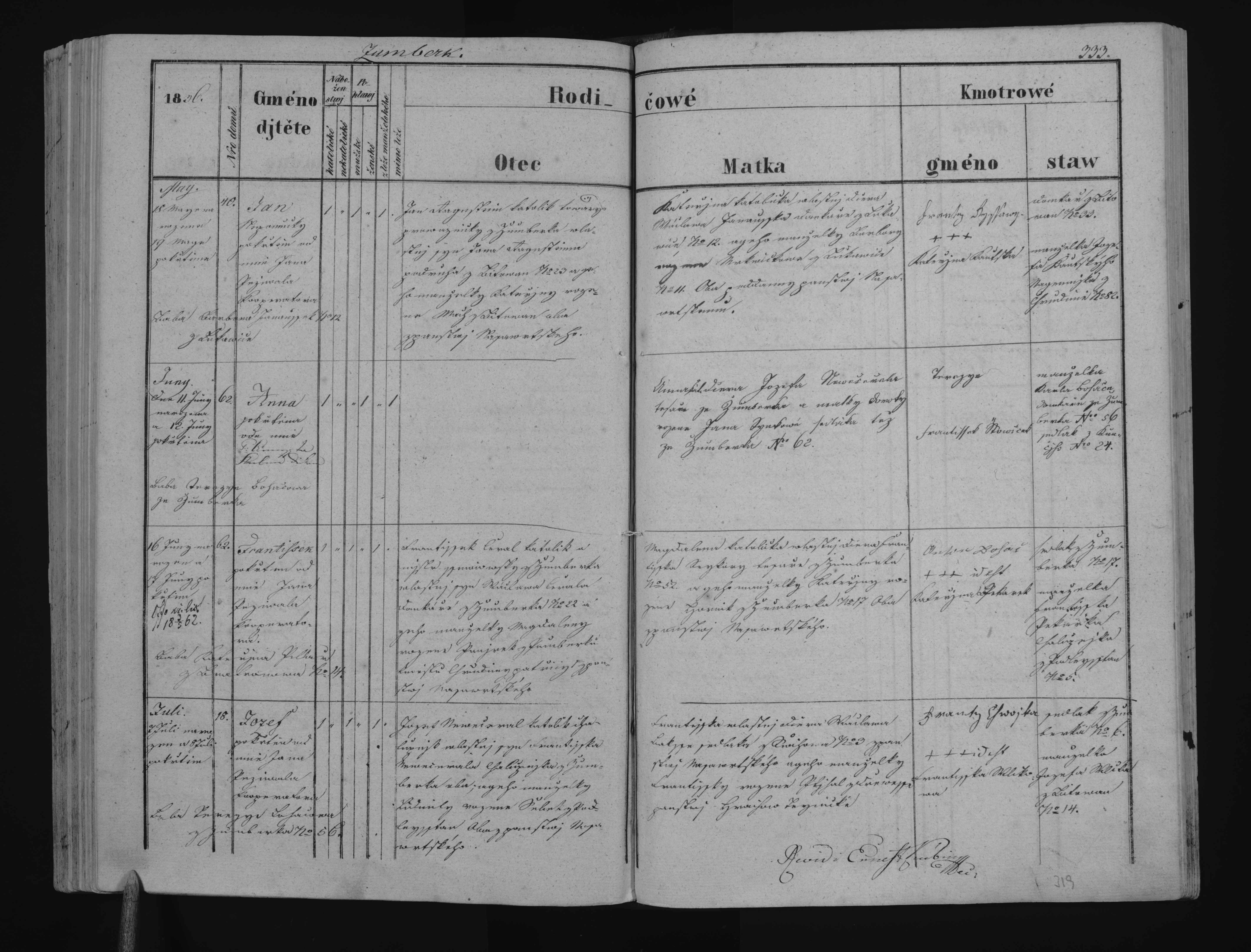 Birth record of Josef Nevečeřal
Birth record of Josef Nevečeřal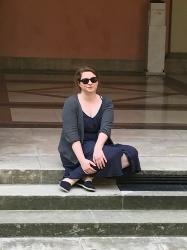



 Death record of Josef Nevečeřal
Death record of Josef Nevečeřal
 Old family photo: From left to right, Růžena Hudcová, standing next to her son Miloslav, in front row Josef Hudec, sitting (private archive)
Old family photo: From left to right, Růžena Hudcová, standing next to her son Miloslav, in front row Josef Hudec, sitting (private archive)